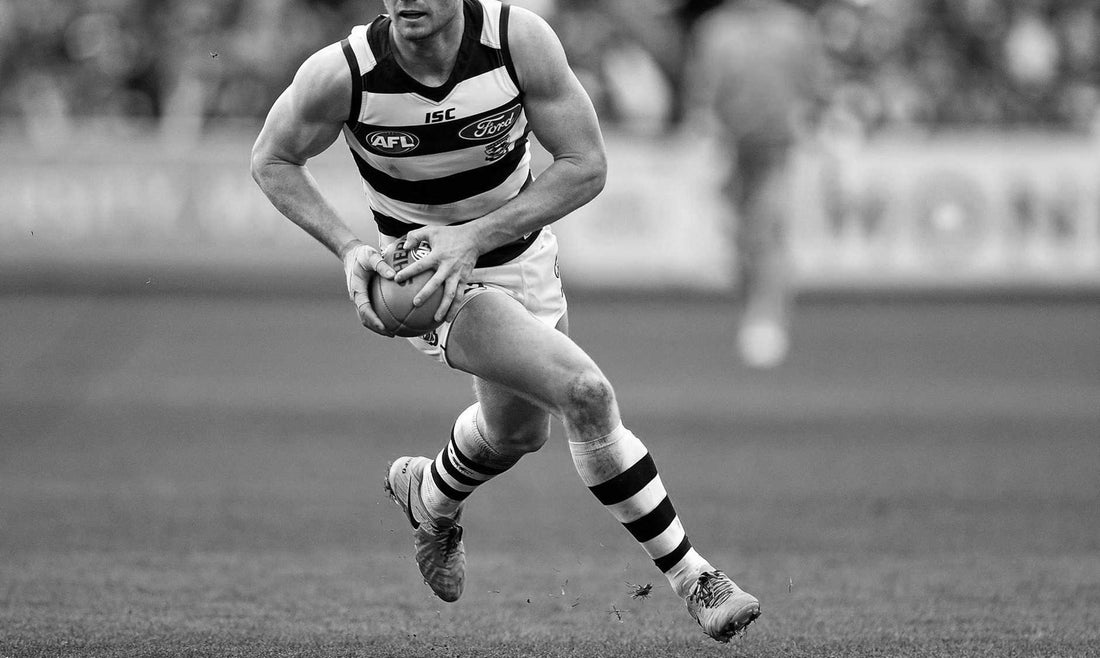Leading Edge Research Into Hip Muscle Strength In Footballers

June 1-7 marks Medical Research Week in Australia – an opportunity to explore and recognise the magnificent depth and quality of research done in the field of medicine in Australia.
At Leading Edge we are always striving to keep at the forefront of new research, and aim to employ best practice strategies in all of our treatments.
However, Medical Research Week allows to highlight how one of our Physiotherapists, Andrew Zacharia, is contributing to research in the field of Sports Medicine. Andrew is currently undertaking a Masters degree in Sports Physiotherapy, but has also recently completed an Honours degree – in which he looked into Hip Strength in AFL Footballers.
RESEARCHING HIP STRENGTH IN AFL FOOTBALLERS
Andrew has spent the last 18 months involved in a research degree with UniSA and an AFL club investigating numerous aspects of hip strength in AFL players.
The study focussed on the hip adductor (groin) and abductor (glutes) muscle groups and their role in stabilising the hip in order to prevent new or recurring injuries.
The research looked into:
-
Whether players will have a dominant leg (e.g. kicking leg) that is naturally stronger
-
If one of these two muscle groups is stronger than the other within the same leg (adductors vs abductors)
-
Whether midfielders have the same strength as key position players (normalised by body weight and size)
-
Whether there is any changes in strength over the course of a premiership season
WHAT HAS THE RESEARCH FOUND?
Preliminary results from Andrew’s research are as follows:
-
AFL players have similar strength for dominant and non-dominant legs
-
The adductors (groin muscles) are slightly stronger than the abductor (gluteal) muscles for both dominant and non-dominant legs
-
Midfielders and key position players have similar hip strength when normalised for body weight
-
Strength increases significantly during pre-season but plateaus over in-season due to a focus on recovery from matches
WHAT ARE THE IMPLICATIONS OF THESE RESULTS?
The main reason such a study is performed, is to try and identify risk factors for certain injury types developing. In this case, the application would be to try and predict hip, groin and knee injuries.
As Andrew’s research is the first of its kind within the AFL, injury prevention could not be assessed due to a limited number of injuries (only using one club). This however opens the door for further research involving all 18 AFL clubs in order to set up protocols that can predict when players are at risk of injury as well as guide a safe return to sport following injury.
Andrew is in the final stages of completing his thesis and hopes to publish his work later in the year – we await it with interest!
